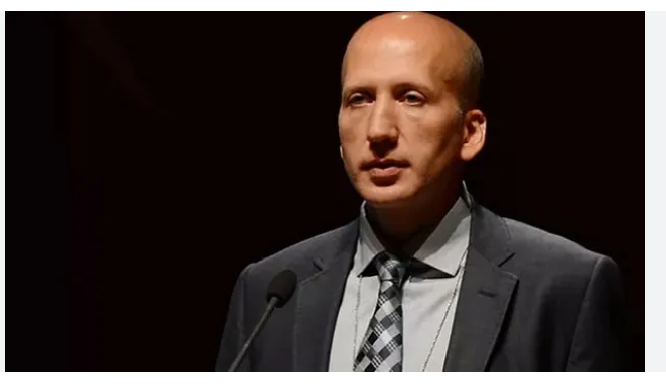Is Turkey’s experiment with unconventional monetary policy over?
Some signs suggest it may be. Since winning reelection on May 28, President Recep Tayyip Erdogan has replaced the country’s central bank governor and the minister of treasury and finance with relatively market-friendly figures. At its first rate meeting under Hafize Gaye Erkan on June 22, the Central Bank of the Republic of Turkey raised its policy rate from 8.5% to 15% and gave some indications of an intention to normalize policy.
But it is not yet clear whether Turkey’s policy experiment, which began in 2021, is finished.
It all started when Turkey’s central bank began moving to cut interest rates at a time everybody else in the world was doing the opposite. Shortly after the initiation of this controversial policy, inflation went out of control.
By mid-2022, the official consumer price index was up more than 80% from a year earlier. Real interest rates consequentially dropped to record low negative levels compared with those of Turkey’s peer economies.
Unsurprisingly, the immediate impact of this monetary policy experiment was a marked deterioration in inflation expectations. This was accompanied by a sharp depreciation of the lira, with the Turkish currency losing 70% of its value against the dollar after September 2021.
The authorities introduced a number of measures to stabilize the lira, aiming to offset the damaging effects of the exceedingly low policy rate. The currency regime shifted to heavily managed exchange rates, in part through opaque sales of foreign reserves via public banks as well as extensive exchange and credit controls. The government also introduced a lira deposit protection program at the expense of inflating contingent liabilities on the public budget and inflating banks’ regulatory burden.
To be fair, through their financial repression policies, the authorities were able to rein in currency depreciation and keep the benchmark interest rate at a low level through the period leading up to the presidential election.
Stable exchange rates and buoyant domestic demand fueled by extremely loose monetary conditions helped the ruling coalition to retain power. But this came at the expense of depleting the reserves of the central bank, the accumulation of immense imbalances in the form of runaway inflation, a high external deficit and a complex set of financial regulations that distorted the efficient allocation of financial resources.
The moves taken since May’s election do signal a U-turn, in apparent reaction to balance of payment stress, but getting back to fully conventional policy will not be simple.
The journey will be conditional in part on the central bank’s willingness and ability to normalize policy interest rates, a prerequisite for unwinding the complicated set of regulations imposed on banks over the last two years.
If policy rates remain politically constrained, a full normalization of the regulatory framework will not be feasible in the near term because, in order to control the exchange rate and domestic financial conditions with a low policy rate, the regulators will have to keep most existing restrictions for an extended period.
Although the central bank nearly doubled its benchmark rate, this will not be enough to reverse the deterioration in the public’s inflation expectations. According to surveys, the public expects inflation, now close to 40%, to still be above 30% in a year’s time.
The authorities have revealed a preference to stay gentle with interest rate decisions, which in practice will initially mean keeping the policy rate way below expectations. But gradualism can be effective only if institutions have high credibility. At this point, the central bank’s initial moves may be seen as a signal that the authorities are not willing to pay the costs of disinflation until after local elections next year.
Rest of the article is here.
